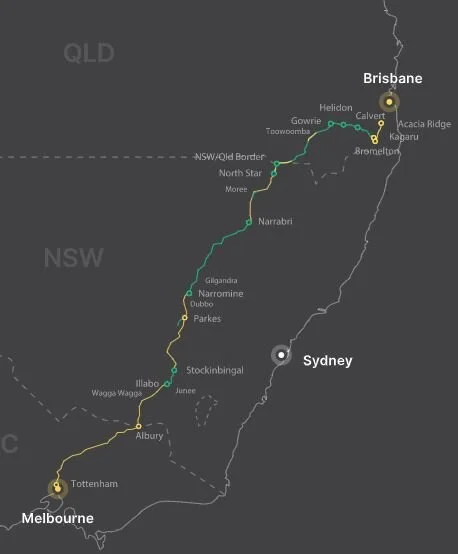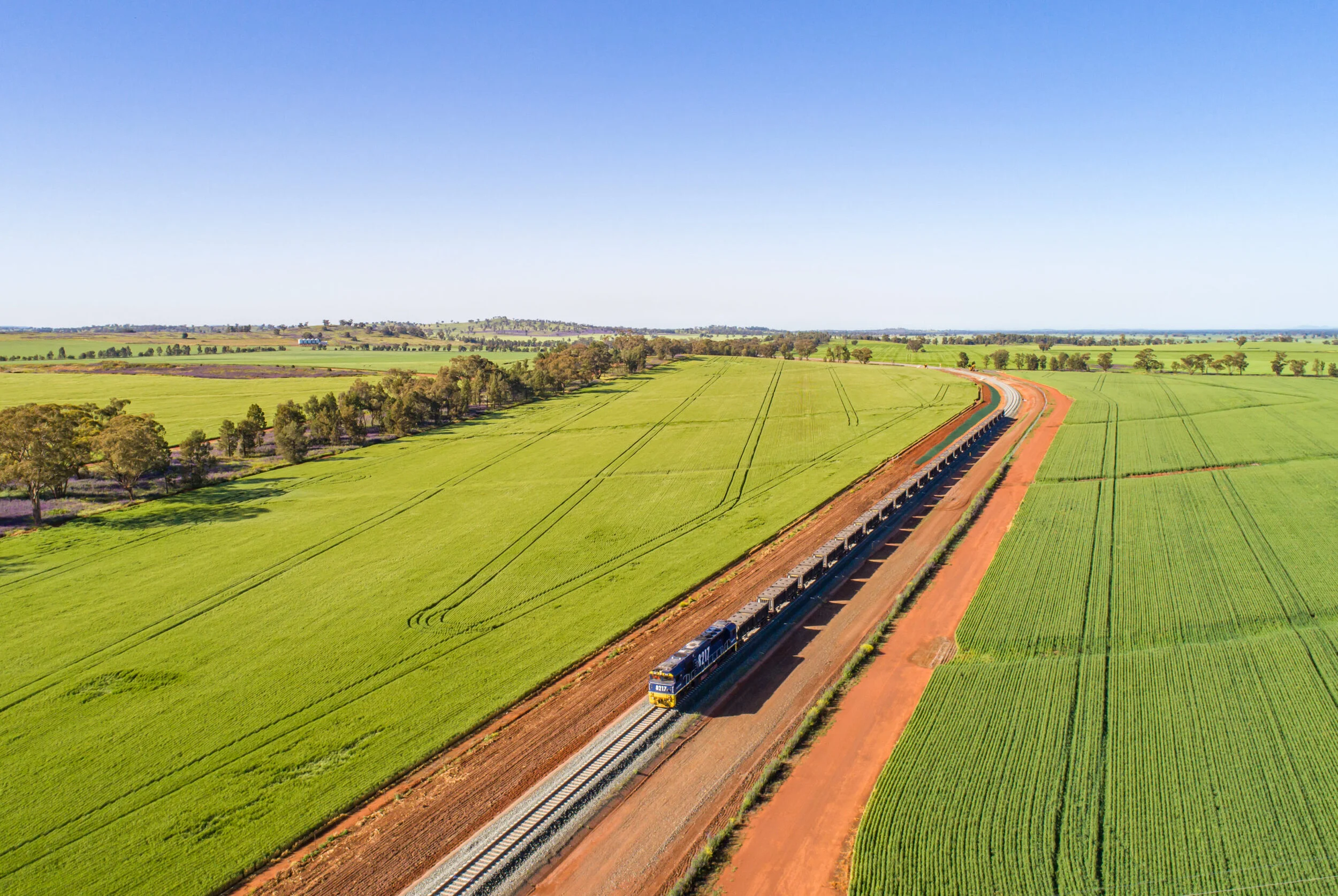The Inland Rail project is possibly a once-in-a-generation project that is happening right under our feet, literally. It is a 17000 km rail project that will completely alter the way goods are moved around Australia.
Connecting Melbourne and Brisbane via regional Victoria, New South Wales, and Queensland, this railway will complete the nation’s rail network and allow for greater job opportunities, safer and fast transport, fewer carbon emissions and overall regional growth. This is the next step in Australia’s economic development in order to make sure we can ‘keep pace’ with increasing freight demand.
The benefits of this project are undeniable. There are to be 21,500 jobs generated both indirectly and directly through construction. Transit time from Brisbane to Melbourne will be whittled down to 24 hours with 98% reliability which gives way to improved road safety, lower emissions, and a happily boosted economy. This is just to name a few.
However, a project of this magnitude requires due diligence and planning and does not come without risks and consequences. The Toowoomba Regional Council has endorsed a submission on the draft Environmental Impact Statement for the Border to Gowrie (B2G) section of the Inland Rail project that will be sent to the Queensland Coordinator-General.
he B2G project is one of 13 sections of the project and is proposed to be 216 kilometre single-track dual-gauge freight railway from the Queensland Border to Gowrie includes 145 kilometres of new dual-gauge track (green field) and 71 kilometres of upgraded track (brownfield), 34 bridges and five (5) crossing loops. It will include the construction of a new track through the Toowoomba and Lockyer Valley region in Queensland and building a vast freight tunnel. A new 6.2km tunnel will be built through the Toowoomba Range, making it the largest diameter diesel freight tunnel in the southern hemisphere. At this stage, however, the council and the coordinators of this project are conducting studies, examining risks, and consulting locals and key stakeholders of the region on how best to maximize the benefits to our region.
The submission given by Council identified a number of issues with the draft Border to Gowrie Environmental Impact Statement, such as:
• Construction water sources (preventing the use of any TRC water supplies and; need for the proponent to identify and source water from private allocations),
• Identify and protect areas of cultural significance,
• Proposed management of road/rail interfaces do not meet the desired outcome of the Federal Rail Safety Guidelines (looking at grade separation and crossing safety, and ensuring access for over-size and wide agricultural machinery),
• Local road and traffic requirements (including provisions for post-construction maintenance),
• Consideration around the operation of the Mt Kent Observatory (protection of dark-sky that supports Queensland’s only professional astronomical research facility),
• Measures to mitigate dust, noise and spill stockpiles,
• Appropriate management of flood mitigation in the Condamine Floodplain, and consideration of outcomes of the Independent Expert Panel for flood studies review (plus consideration for hydrology matters across the alignment),
• Current and significant accommodation shortages in the TRC Region,
• Appropriate management of providing regional job opportunities for the local community, and
• Impacts to environmentally sensitive areas (further surveys are required to assist in the identification of core fauna and flora habitats)
Mayor Antonio has said that this is imperative for Australia and our region to ‘look at all the factors and make the best decisions possible.’
It is a gargantuan task to tackle to say the very least, but one that has great potential and will positively affect the region once all the appropriate measures have been taken.

